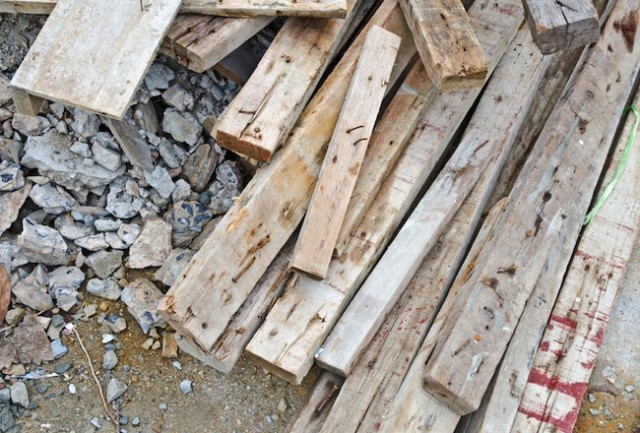Build your house with green timber

Want a house with timber in it, but don’t want to be responsible for another patch of trees being cut down? There are several ways to have an environmentally-friendly timber house.
One is to make sure you use plantation timber, which has been harvested from a forest grown specifically for “sustainable” logging, rather than from native forests. Fortunately, the most common framing timber is radiata pine, which is a plantation timber. It is both readily available and cost-effective. Black Wattle and many species of Eucalypts are also certified sustainable timbers.
When considering sustainable timber, you can check its origins through organisations such as the Forest Stewardship Council (FSC) or the Greenpeace Good Wood Guide.
Another option is to source second-hand timber from a demolition yard or building recycling depot.
If it can be incorporated into the design of your house, second-hand timber has lots of potential, both aesthetically and ethically.
Not only does it have character, with its colouration, nail holes and other markings, but non-renewable timbers such as Baltic or Oregon Pine, Jarrah, and Victorian Ash can often be found at a bargain price, giving you variety without destroying any more of these valuable trees.
While not exactly timber, bamboo is becoming a popular alternative, especially for flooring. It is strong and durable and unlike most hardwoods, does not shrink or swell. Bamboo is also a renewable resource, since it is a grass and will re-grow from new shoots when it is cut.